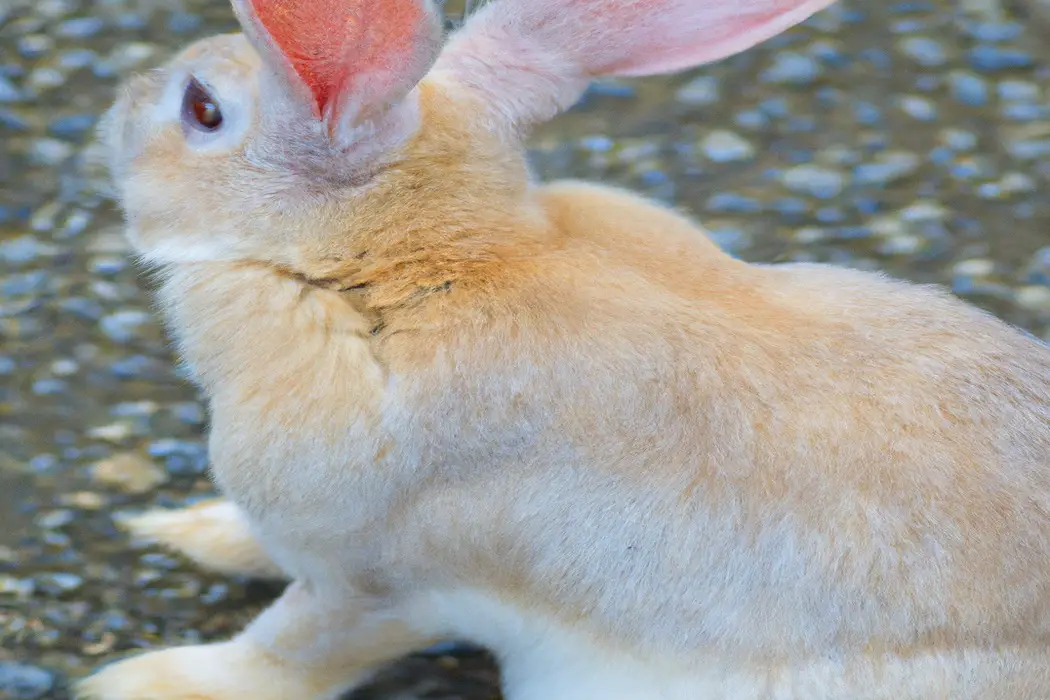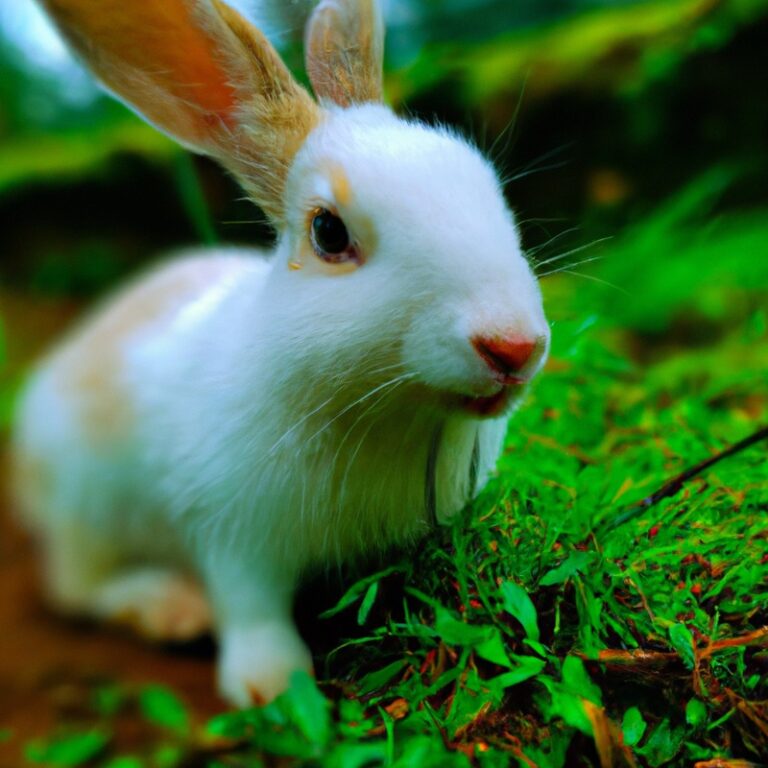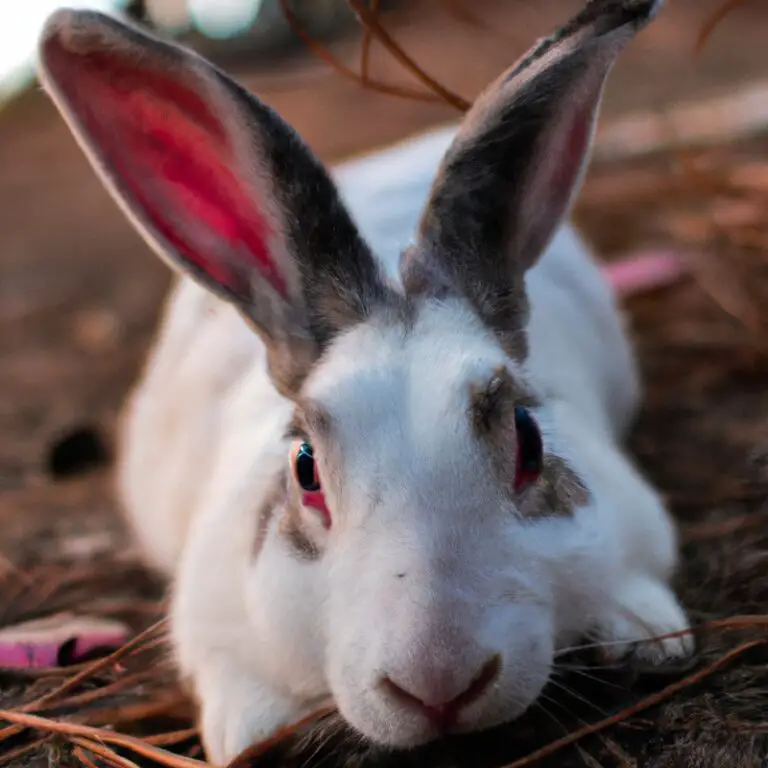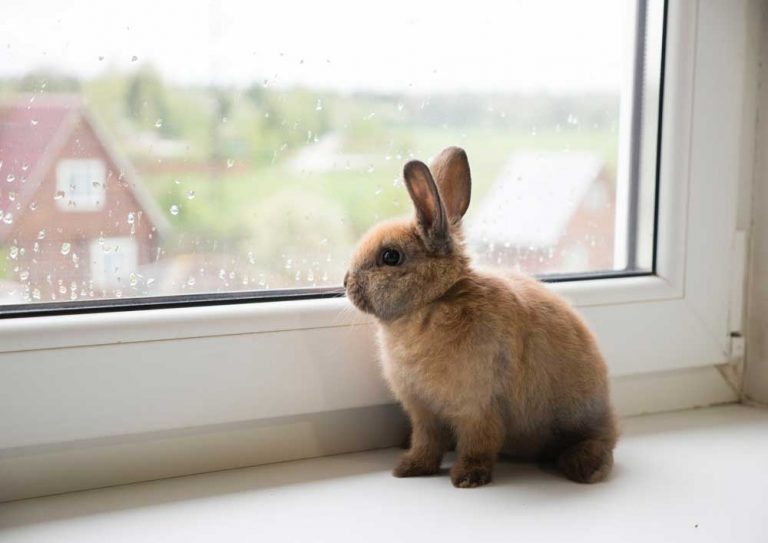Will My Rabbit Run Away If I Let It Outside – Expert Advice
Key Takeaways:
- 1) Rabbits have a natural instinct to explore and may be prone to run away if given the opportunity to roam outside.
- 2) Careful supervision and a secure outdoor enclosure can help prevent your rabbit from running away.
- 3) Ensuring your rabbit has plenty of mental stimulation and a comfortable living environment can reduce the desire to escape.
- 4) Forming a bond with your rabbit through regular handling and socialization can encourage them to stay close when outside.
Are you contemplating the idea of allowing your beloved rabbit to experience the great outdoors?
It’s a tough decision to make, and you’re likely wondering, “Will my rabbit run away if I let it outside?” Well, fret not, because I’m here to guide you through this important choice.
As an expert in rabbit care, I have delved into the nature of these adorable creatures, assessed their readiness for outdoor adventures, and explored the necessary precautions to keep them safe.
In this article, we’ll delve into all the factors you need to consider, so you can make an informed decision that benefits both you and your furry friend.
So, let’s hop right in!
| Factors | Impact on Rabbit Running Away |
| 1. Rabbit’s natural instincts | If a rabbit has a strong instinct to explore and forage, it may be more likely to run away when given the opportunity. |
| 2. Training and socialization | If a rabbit has been properly trained and socialized, it may be less likely to run away when let outside. |
| 3. Enclosure security | If the outdoor enclosure is securely built with no gaps or holes, the risk of a rabbit running away decreases. |
| 4. Prey animals | Rabbits are prey animals and are often frightened by sudden movements or loud noises. This may increase the likelihood of running away. |
| 5. Sexual maturity | Unneutered male and unspayed female rabbits may be more prone to running away in search of a mate. |
| 6. Availability of food and shelter | If the rabbit has access to plentiful food and safe shelter, it may be less inclined to run away. |
The Decision to Let Your Rabbit Outside
Deciding whether or not to let your rabbit outside can be a big decision.
Understanding the Nature of Rabbits
Rabbits are naturally curious and have a strong instinct to explore their surroundings.
They are also prey animals, which means they are constantly on the lookout for potential risks.
Understanding their nature is essential when considering whether to let your rabbit outside.
Rabbits are skilled diggers and can easily escape through both above-ground and below-ground openings.
They are also sprinters and can quickly outrun humans.
To prevent your rabbit from running away, it is crucial to provide a secure and supervised outdoor space.
Fencing the area and ensuring it is escape-proof will help keep your rabbit safe while allowing them to enjoy some fresh air and exercise.
Assessing Your Rabbit’s Readiness
Assessing your rabbit’s readiness to be let outside is important before making that decision. Consider the following factors:
- Age: Young rabbits may not have the necessary survival instincts to stay safe outdoors.
- Health: Ensure your rabbit is in good health and up-to-date on vaccinations before exposing them to potential risks outside.
- Training: Has your rabbit been litter-trained and obedient to commands? This will help ensure they stay close and come back when called.
- Supervision: Can you provide adequate supervision and a secure outdoor area? Rabbits are susceptible to predators and should never be left unsupervised.
By evaluating these factors, you can make an informed decision about whether or not it’s the right time to let your rabbit outside.
Creating a Safe Outdoor Environment
Creating a safe outdoor environment for your rabbit is essential.
Here are some tips to ensure their safety:
- Secure the area: Use fencing or mesh to create a safe enclosure for your rabbit to enjoy the outdoors without the risk of escaping.
- Remove harmful plants: Check your yard for any toxic plants that could be harmful if ingested by your rabbit. Remove them or place barriers around them.
- Provide shelter: Make sure your rabbit has access to shade and shelter, such as a hutch or a covered area, to protect them from extreme weather conditions.
- Avoid predators: Keep your rabbit safe from predators by ensuring there are no gaps in the enclosure and by supervising their outdoor time.
- Monitor temperature: Rabbits are sensitive to heat, so avoid letting them outside during the hottest parts of the day. Ensure they have access to water to stay hydrated.
Supervision and Boundaries
Supervising your rabbit and establishing clear boundaries are essential for their safety and well-being.
The Importance of Supervision
Supervision is essential when it comes to taking care of your rabbit.
By keeping a watchful eye on your furry friend, you can ensure their safety and well-being.
It allows you to prevent potential accidents, monitor their behavior, and identify any health issues that may arise.
Additionally, supervision helps in creating a bond with your rabbit and provides them with the necessary social interaction.
Remember, responsible supervision is the key to keeping your rabbit happy and healthy.
Providing Boundaries for Your Rabbit
To provide boundaries for your rabbit, it’s important to create a safe and secure living environment for them.
A rabbit-proofed indoor area or a securely fenced outdoor space can help prevent accidents and keep your rabbit from running away.
Make sure to remove any hazards and ensure they have ample space to hop and play.
Supervise outdoor time closely to prevent escape attempts.
Remember, providing boundaries is crucial for your rabbit’s safety and well-being.
Training Your Rabbit to Respond to Recall
Training your rabbit to respond to recall can be a useful skill to ensure their safety.
Start by using their name and a specific command consistently, like “Come, [rabbit’s name].” Reward them with treats or praise when they come to you.
Practice in a quiet, enclosed area first before gradually moving to more open spaces.
Keep training sessions short and positive, and be patient with your rabbit as they learn.
With time and consistency, your rabbit can learn to come when called.
Potential Risks and Precautions
Taking your rabbit outside can pose potential risks, but with some precautions, you can ensure their safety.
Predators and Prey Dynamics
Predators and prey dynamics are important considerations when deciding whether to let your rabbit outside.
Rabbits, being prey animals, are susceptible to attacks from predators such as cats, dogs, birds of prey, and even larger wildlife like foxes.
These predators rely on their hunting instincts and can pose a threat to your rabbit’s safety.
It’s crucial to be aware of the potential dangers in your area and take necessary precautions to protect your furry friend.
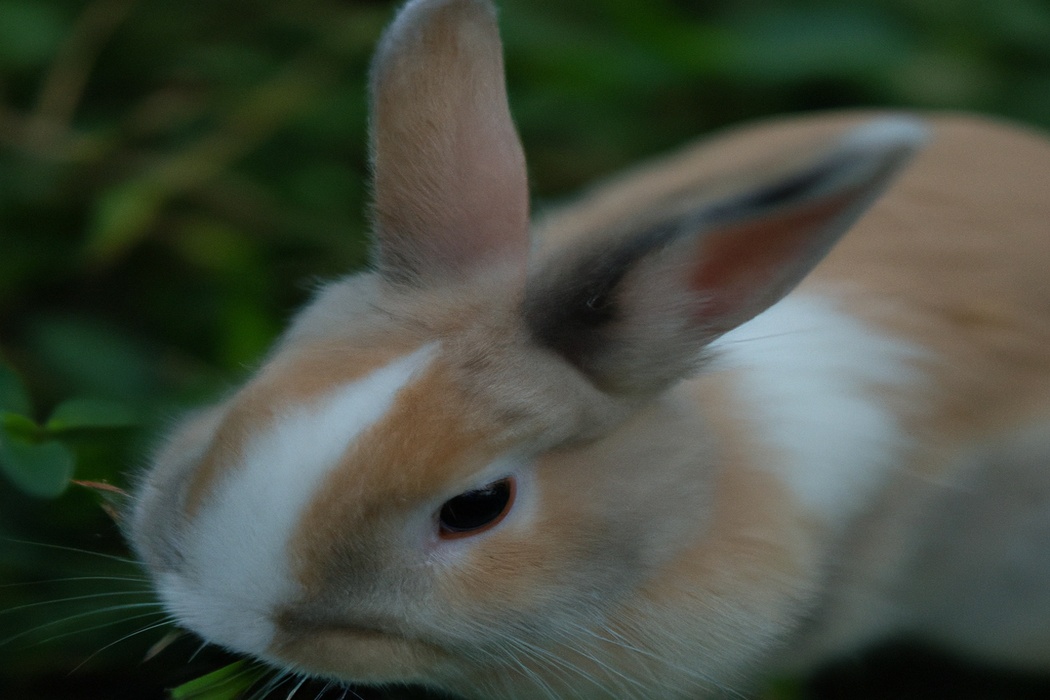
Weather Conditions and Temperature Regulation
Weather conditions and temperature regulation are important factors to consider when letting your rabbit outside. Rabbits are sensitive to extremes in weather, so it’s crucial to choose the right time to allow them outdoor access.
Hot weather can cause heatstroke in rabbits, so it’s best to avoid letting them outside during the hottest parts of the day.
Provide plenty of shade and fresh water if they are outside during warm weather. In cold weather, rabbits can become chilled and may need extra insulation or a heat source in their outdoor space.
Monitor the temperature and make sure they have a warm, dry shelter to retreat to if needed.
Always pay attention to the weather forecast and adjust your rabbit’s outdoor time accordingly to ensure their comfort and safety.
Poisonous Plants and Chemical Hazards
Poisonous Plants and Chemical Hazards can pose a danger to your rabbit if they are ingested or exposed to them. Some common poisonous plants for rabbits include lilies, azaleas, and tulips, so it’s important to remove them from your rabbit’s environment.
Additionally, household chemicals and pesticides should be stored securely and out of reach.
Regularly inspect your rabbit’s living area to ensure it is free from any potential hazards. It’s always a good idea to consult with a veterinarian for a complete list of poisonous plants and to get more information on chemical hazards.
Alternatives to Outdoor Exercise
If you’re looking for alternatives to outdoor exercise for your rabbit, you can consider creating an indoor exercise area, utilizing enclosed outdoor spaces, and incorporating interactive toys and games.
Creating an Indoor Exercise Area
Creating an indoor exercise area for your rabbit is important for their physical and mental well-being.
Here are a few simple steps you can take to set up a safe and engaging space for your furry friend to play:
- Choose a suitable area: Find a designated space in your home where your rabbit can freely move around without any potential hazards.
- Clear the space: Remove any sharp objects, toxic plants, electrical cords, or anything that can be chewed on or cause harm to your rabbit.
- Provide toys and obstacles: Add tunnels, cardboard boxes, and ramps to create a stimulating environment for your rabbit. Toys like balls, chew toys, and puzzle toys can also keep them entertained.
- Make it comfortable: Lay down soft bedding or mats to ensure your rabbit has a comfortable area to rest and play.
- Supervise and interact: While your rabbit is exercising, it’s important to always keep an eye on them. Interact with them, play gentle games, and offer treats to make the exercise area more enjoyable.
Remember, a dedicated indoor exercise area will not only keep your rabbit safe but also provide them with the exercise and mental stimulation they need for a happy and healthy life.
Utilizing Enclosed Outdoor Spaces
To make the most of enclosed outdoor spaces for your rabbit, ensure it is safe and secure. Set up a playpen or use a large rabbit run with a roof, sturdy sides, and a solid bottom.
Make sure there are no gaps or holes where your rabbit could escape.
Provide plenty of shade, water, and chew toys. Choose an area away from predators and toxic plants.
Supervise your rabbit while it’s outside and always have a plan for quickly bringing them back indoors if needed.
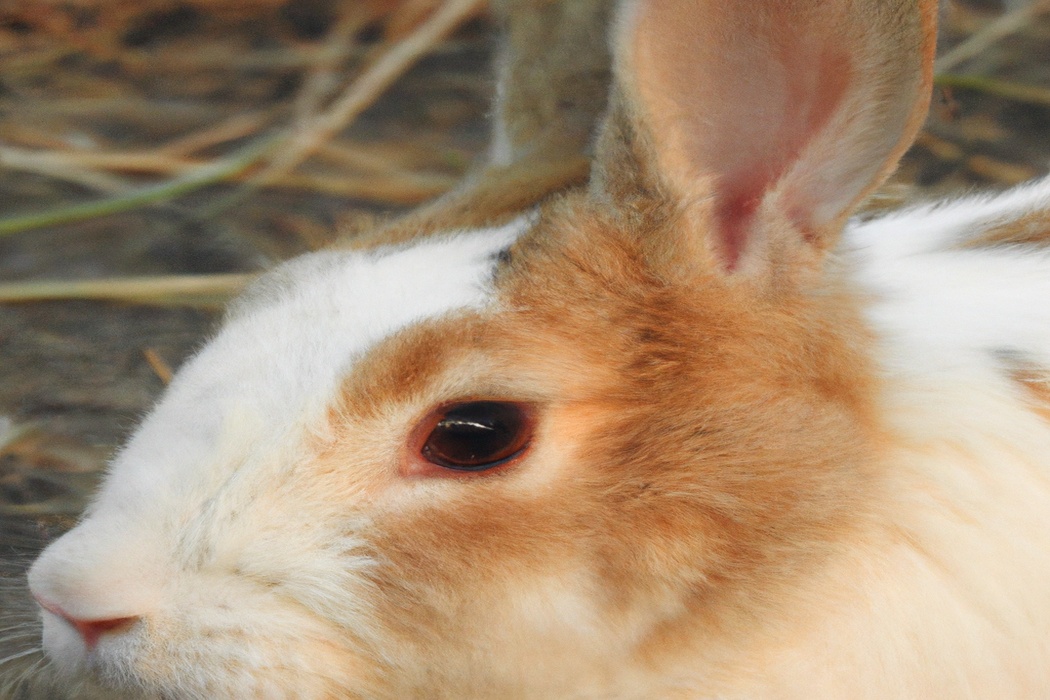
Interactive Toys and Games
Interactive toys and games are a great way to keep your rabbit entertained and mentally stimulated while indoors.
Consider providing puzzle toys that require your rabbit to solve a problem or find a treat.
You can also try interactive tunnels or hide-and-seek toys to encourage your rabbit to explore and play.
Remember to supervise your rabbit during playtime and choose toys that are safe and appropriate for their size and temperament.

Frequently Asked Questions
How can I ensure my rabbit doesn’t run away?
To ensure your rabbit doesn’t run away, provide a safe and secure environment.
- Use a sturdy and escape-proof enclosure when outside, with a roof to prevent climbing out.
- Secure all doors and windows in your house to prevent accidental escapes.
- Always supervise outdoor time and avoid leaving your rabbit unattended.
- Consider microchipping your rabbit as an extra precaution.
- Provide plenty of mental and physical stimulation within their enclosure to reduce the desire to escape.
- Regularly check for any potential escape routes and hazards in your rabbit’s environment.
Can I leash train my rabbit?
Yes, you can leash train your rabbit! Leash training can be a great way to safely allow your bunny some outdoor time.
Make sure to get a harness made specifically for rabbits, as their bodies are different from dogs or cats.
Start by introducing the harness slowly, allowing your rabbit to get used to wearing it in short sessions.
Once they are comfortable, you can begin introducing the leash and gently guiding them.
Always supervise your rabbit while they are on a leash and avoid busy or potentially dangerous areas.
What should I do if my rabbit does escape?
If your rabbit does escape, there are some steps you can take to increase the chances of finding them and bringing them back home safely:
- Remain calm: Panicking won’t help the situation. Stay calm and focused so you can think clearly and take appropriate action.
- Search the immediate area: Start by searching the area around your home. Rabbits usually don’t venture too far, so there’s a good chance they may be hiding nearby.
- Alert your neighbors: Let your neighbors know that your rabbit has escaped, so they can keep an eye out for them too. They may be able to provide helpful information or spot your rabbit in their own yards.
- Post flyers and use social media: Create flyers with a clear, recent photo of your rabbit and your contact information. Share these flyers on community bulletin boards and social media platforms to increase the chances of someone spotting your rabbit and getting in touch.
- Set up humane traps: If your rabbit is still missing after a few days, consider setting up humane traps in areas where they have been spotted or where you think they may be hiding. Speak with a local animal control or wildlife organization for guidance on how to set up these traps safely.
Remember, prevention is always key. Ensure your rabbit’s enclosure is secure and take necessary precautions to minimize the risk of them escaping in the first place.
Final Verdict
The decision to let your rabbit outside requires careful consideration and preparation.
Understanding your rabbit’s natural instincts and assessing their readiness is crucial.
Creating a safe outdoor environment and providing supervision and boundaries are essential for their well-being.
Being aware of potential risks and taking necessary precautions, such as predator and weather protection, is important.
If outdoor exercise is not feasible, alternatives like creating an indoor exercise area or utilizing enclosed outdoor spaces can be explored.
Ultimately, while the risk of a rabbit running away exists, with proper training, supervision, and precautions, it can be minimized.

